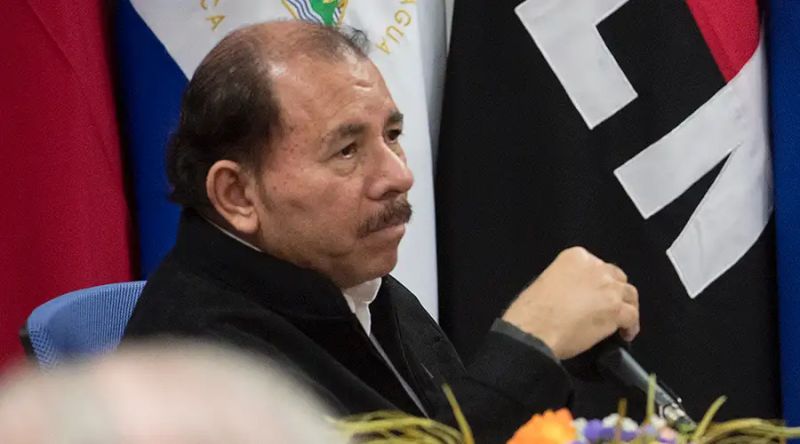
ACI Prensa Staff, Mar 9, 2023 / 14:35 pm (CNA).
The dictatorship of Daniel Ortega dissolved Caritas Nicaragua, the aid organization of the Catholic Church that assists those most in need in the Central American country.
The official government newspaper La Gaceta reported on March 7 that the Ministry of the Interior canceled the legal status of Caritas Jinotega and Caritas Nicaragua.
“On January 31 of the year two thousand and twenty-three, through Act No. 79 of the Extraordinary Assembly of Members of Caritas Nicaragua, they agreed to the Voluntary Dissolution and liquidation of said organization, by unanimous decision of its members, with Caritas Nicaragua requesting the General Directorate of Registration and Control of Non-Profit Organizations of the Ministry of the Interior, the Cancellation of the Legal Entity by Voluntary Dissolution,” read the official proclamation from the Ministry of Interior.
According to the Nicaraguan newspaper Article 66, “the endless obstacles that the Nicaraguan dictatorship imposed on Caritas Nicaragua and the Jinotega Diocesan Caritas Association” forced them to request their dissolution.
Caritas Jinotega announced in early February that it would have to close since the Ministry of the Interior denied it authorization to receive donations from other organizations.
Caritas Jinotega provided food for the country’s poorest people, donations of crutches and prostheses, delivered medicines at low cost, among many other charitable works.
In 2019, the bishop of Jinotega, Carlos Herrera Gutiérrez, who is also the current president of the Nicaraguan Bishops’ Conference, reported that the regime had blocked the entry of international donations, including wine for consecration at Mass.
The closure of Caritas was announced the same day that the dictatorship shut down two universities, John Paul II Catholic University and the Autonomous Christian University.
This story was first published by ACI Prensa, CNA’s Spanish-language news partner. It has been translated and adapted by CNA.
If you value the news and views Catholic World Report provides, please consider donating to support our efforts. Your contribution will help us continue to make CWR available to all readers worldwide for free, without a subscription. Thank you for your generosity!
Click here for more information on donating to CWR. Click here to sign up for our newsletter.






Leave a Reply